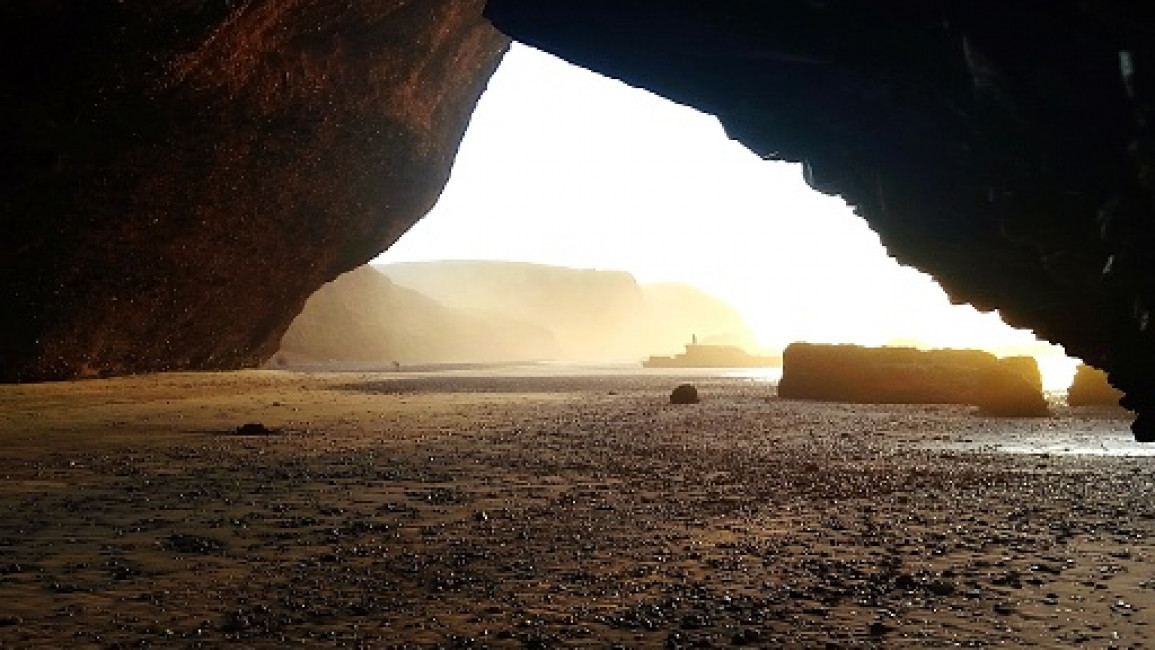Bones found in Morocco sets earlier date for advent of clothing
Scientists unearthed artefacts in a Morrocan cave dating back somewhere between 90,000 to 120,000 years on Thursday, which has shown that humans used tools made from bones to make fur and leather clothing.
The findings from Contrebandiers Cave, 800 feet from the Atlantic coastline in the town of Temara, could be some of the earliest evidence for clothing on record.
"I wasn't expecting to find them. I was studying this assemblage initially to look at the animal bones to reconstruct the human diet," said Dr Emily Yuko Hallett, a scientist who published the findings in the journal iScience.
Hallet noticed the 62 bones were shiny and had grooves in them which signified that they were used by humans, as opposed to bones discarded after consumption of an animal.
Homo sapiens first appeared more than 300,000 years ago in Africa, where the invention of clothing was a breakthrough for human cultural expression and intelligence.
"I'm most excited about the skinning marks on the carnivores because I haven't seen this pattern described before. And my hope is that archaeologists working in much older sites also start looking for this pattern," Hallet said.
The bone tools discovered in Morocco were shaped like spatulas and would have been used to remove connective tissue, according to Hallet.
Prior to this recent unearthing, some of the oldest evidence for clothing made by humans is bone needles found in Siberia dating back about 45,000 to 40,000 years old.



